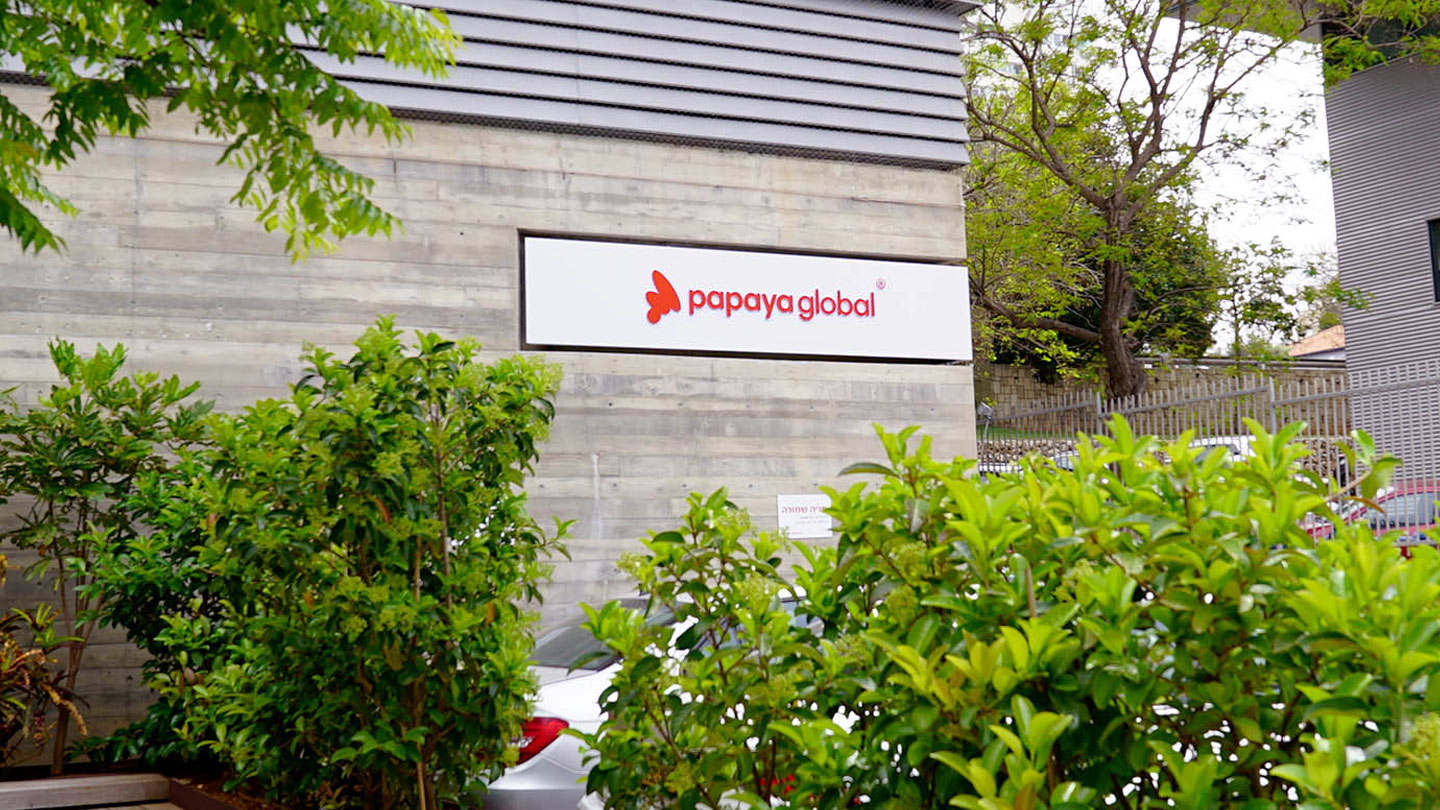
8 min read
Key takeaways
- Post-pandemic economic expansion corrected inventory level and fastened collection terms in an environment with supply chain constraints in 2021, leading to lowest working capital levels since 2011.
- Global uncertainty and an economic slowdown in China, one of Latin America‘s (LATAM) largest trading partner, had an impact across countries and industries in the region. The LAC trade deficit with China reached a record high in 2022 for the second year in a row, at 1.4% of regional GDP.
- In 2022 companies in LATAM saw an increase in working capital that can mainly be attributed to higher inventory levels due to inflation, weaker GDP growth and demand slow down.
Summary of findings

Regional insights
Historically, LATAM firms maintain higher cash buffers than their S&P counterparts. Firms observed a spike in cash levels in 2020, as companies raised debt and increased cash buffers to strengthen balance sheets in the face of the COVID-19 pandemic. In 2022 the cash levels further normalized, but still have not reached pre-pandemic levels.
Cash levels normalizing post-pandemic

2022 saw working capital levels begin to normalize. Working capital increased from 17% to 17.7% in LATAM; this is lower than pre-pandemic levels in the region, but a sharper rise than the S&P 1500, which increased from 13.2% to 13.3%.
Inventory levels increased thanks to inflation in Latin American countries and a corresponding decrease in demand. Economic activity in the region is still stabilizing.
Lower working capital efficiency contributed to lower ROCE levels

Industry insights
- Consumer staples
- The consumer staples industry saw increased inventory levels in 2021 and 2022 as companies-maintained inventory stockpiled to mitigate the risk of ongoing supply chain disruptions.
- Recovery in China has led to working capital requirements going up, which has affected overall CCC for companies in the Consumer Staples industry.
- Utilities
- Utilities companies in Latin America saw a deterioration in CCC from 2019 to 2022. DSO is a known challenge, with many companies citing provision for bad debts in receivables, employing collection teams and frequent write-offs.
- Companies are also managing uncertainty in respect to interest rates in an inflationary environment. As a result, many utility companies in Latin America are working to manage their working capital efficiently.
- Oil and gas
- Oil and gas markets have been at the center of global turbulence including price swings, supply chain disruptions and geopolitical shifts. Declining oil production in Latin American markets like Argentina, Mexico and Colombia, due to limited domestic demand and high import prices, led to lower inventory, while improvement in payment terms with government organizations reduced the collection cycle.
- Better working capital management and optimized supply chains aided in gaining extension on payments, and the industry as a whole saw an improvement in CCC from 2019 to 2022.
Conclusion
- Uncertainties and challenges will continue in the next years and the analysis suggests that LATAM companies should focus on formulating a comprehensive plan and sustainable approach in achieving efficiencies on working capital and balance sheet management. They should also prioritize leveraging digital tools and financing programs to manage inventory, receivables, payables and cash. These actions may contribute to raise ROCE levels.
- The report also suggests that there is a significant potential of working capital that can be unlocked by LATAM corporates, which could help them weather volatility and generate internal free cash flow to invest toward future business growth. LATAM corporates still need to look out for continued headwinds including slower recovery of demand, longer normalization process of supply chain and inventory levels, and new developments in geopolitical relationships.
References
Includes foods, beverage, agricultural services and products
Includes metals & mining mainly and paper & packaging companies
Includes a host of broadline, home improvement other specialty retail stores
Others include apparels, chemicals, hospitality and entertainment, home building, construction, etc.
Disclaimer
Please kindly note that this is a summarized version of the full report. For detailed findings, please reach out to the J.P. Morgan Payments Advisory team or the authors of the report.
The views and opinions expressed herein are those of the author and do not necessarily reflect the views of J.P. Morgan, its affiliates, or its employees. The information set forth herein has been obtained or derived from sources believed to be reliable. Neither the author nor J.P. Morgan makes any representations or warranties as to the information’s accuracy or completeness. The information contained herein has been provided solely for informational purposes and does not constitute an offer, solicitation, advice or recommendation, to make any investment decisions or purchase any financial instruments, and may not be construed as such.
Investments or strategies discussed herein may not be suitable for all investors. Neither J.P. Morgan nor any of its directors, officers, employees or agents shall incur in any responsibility or liability whatsoever to the Company or any other party with respect to the contents of any matters referred herein, or discussed as a result of, this material. This material is not intended to provide, and should not be relied on for, accounting, legal or tax advice or investment recommendations. Please consult your own tax, legal, accounting or investment advisor concerning such matters.
JPMorgan Chase Bank, N.A. Member FDIC.
JPMorgan Chase Bank, N.A., organized under the laws of U.S.A. with limited liability.
All values in this report are as of December year-end for both Nikkei 225 and S&P 1500 till 2020, after which Nikkei 225 financials are changed to March year-end, while for S&P 1500 it continues to be December year-end, a quarter before the Nikkei 225 March year-end.







